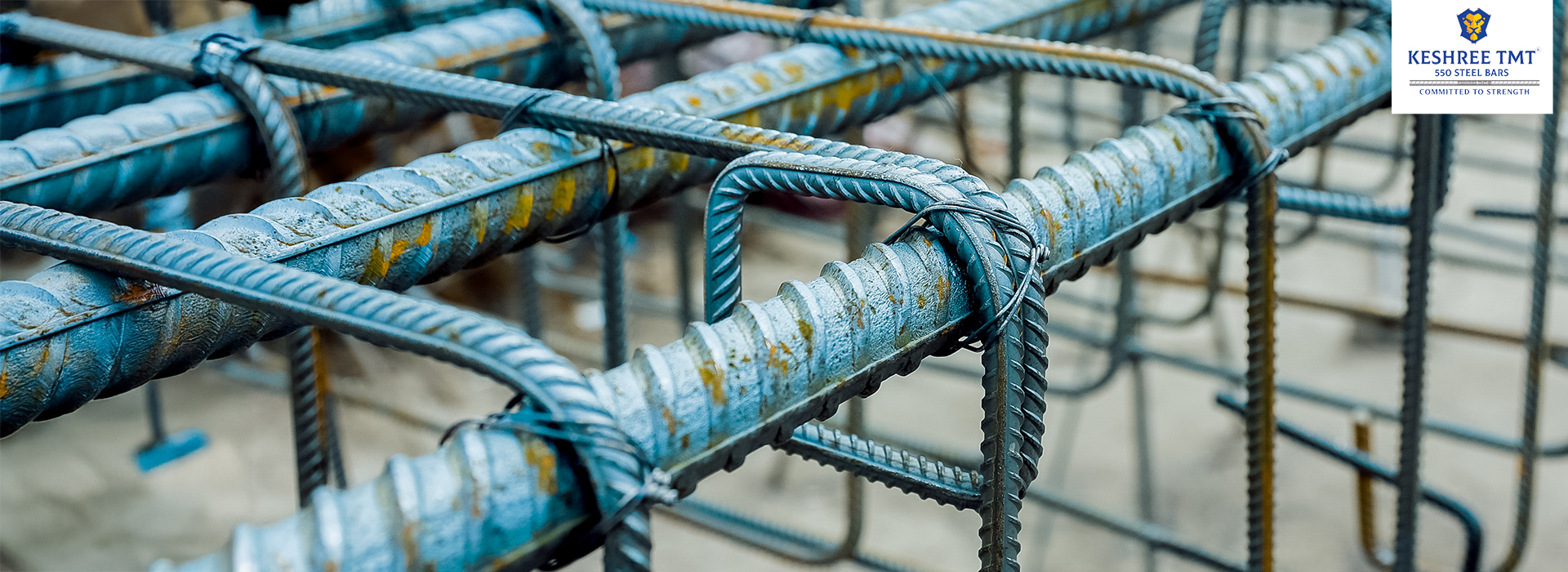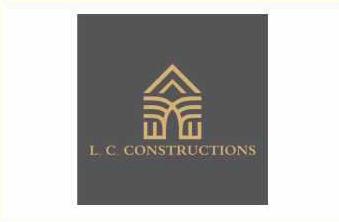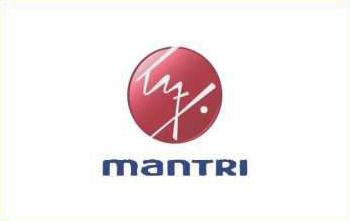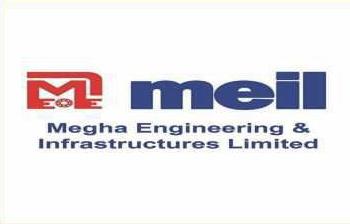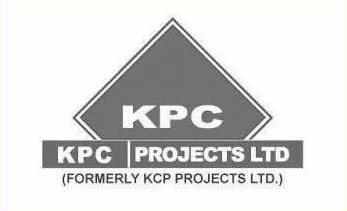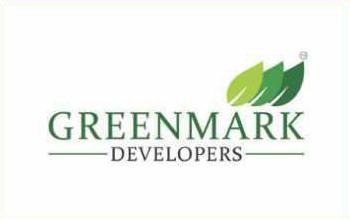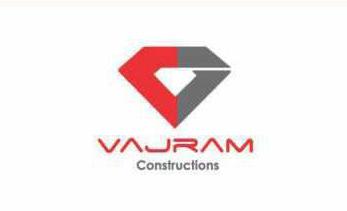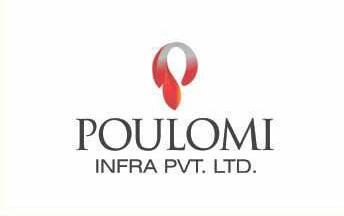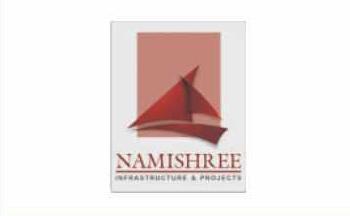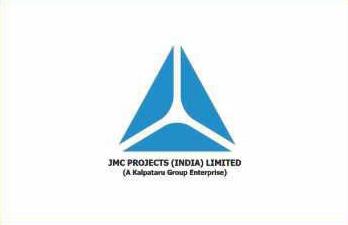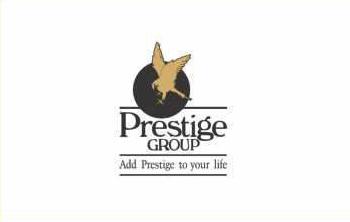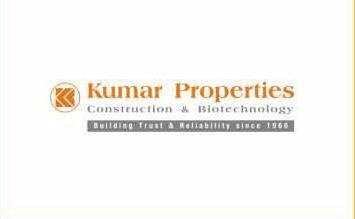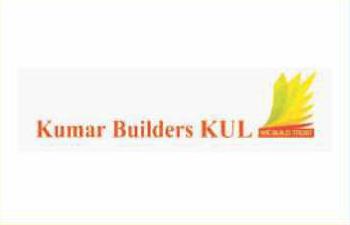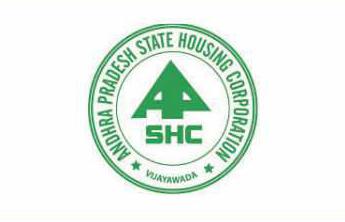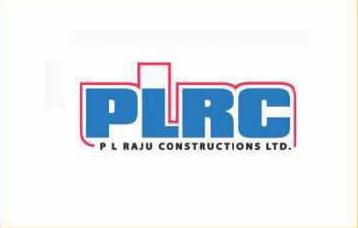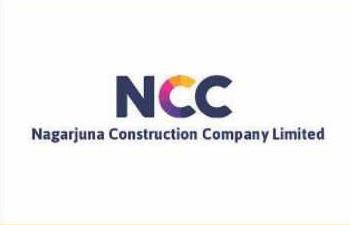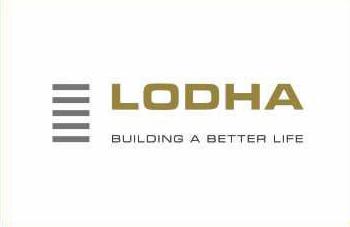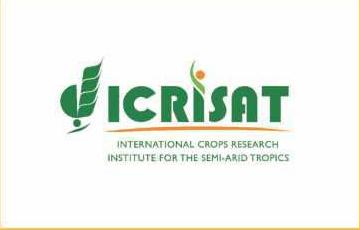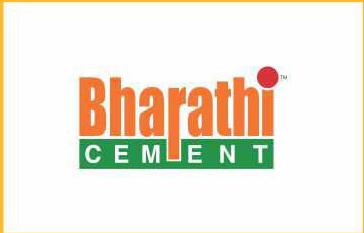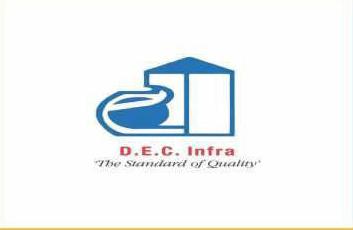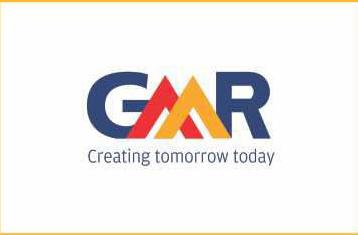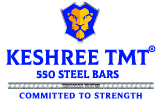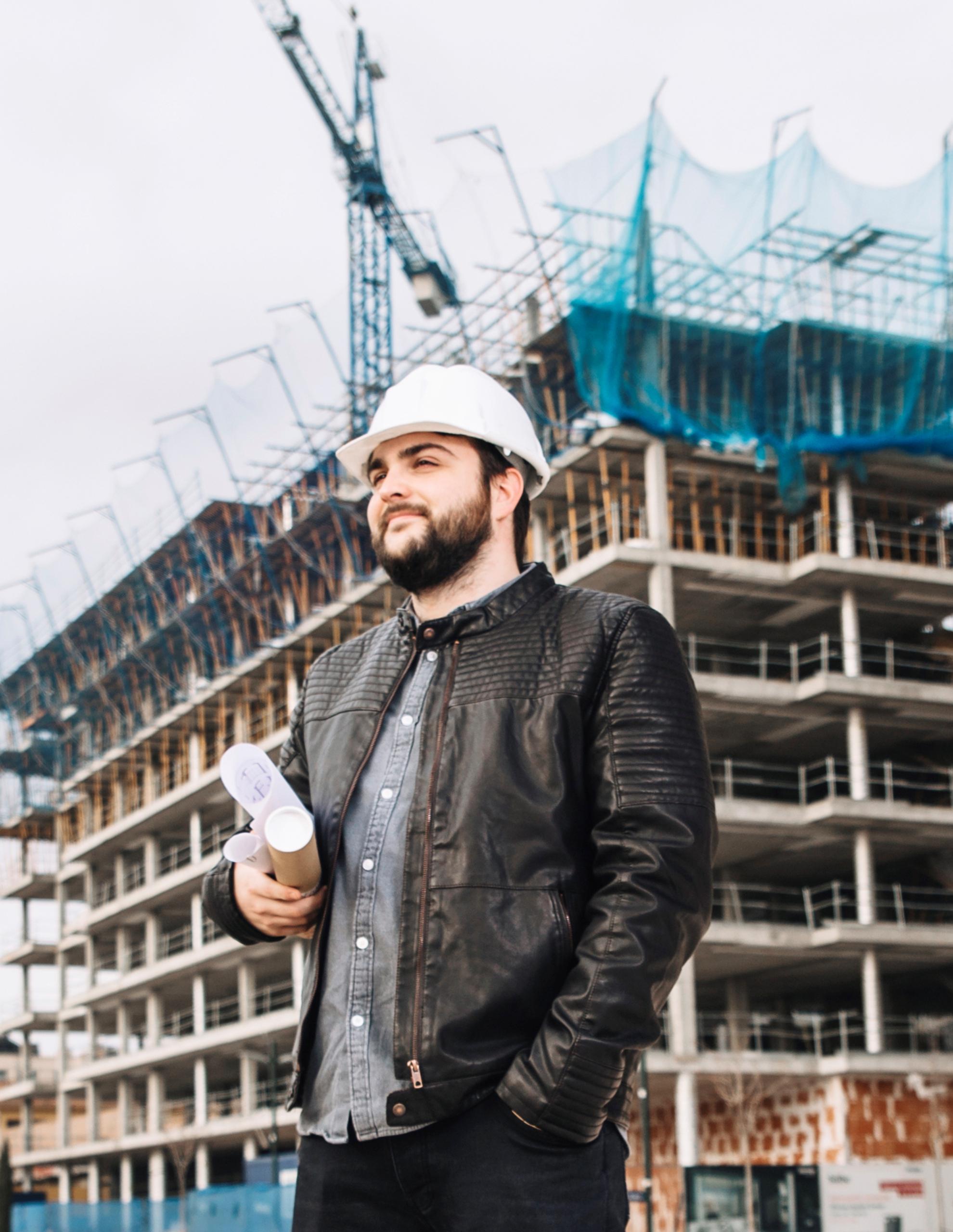Nowadays, in construction, TMT bars have a severe effect in providing the structure with a robust and rigid skeleton. They have great potential, elasticity, and robustness regarding weather, load, and time loading. Yet more than structural capacity is needed, and high-quality TMT bars with sufficient stirrups are also insufficient. In this blog, the role of stirrups in TMT bars will be explained, the necessity of stirrups for achieving the strength of the structures will be clarified, and the contribution of stirrups to safety will be addressed.
What Are Stirrups And Why Are They Important?
Stirrups are steel loops or ties that restrain the principal reinforcement bars, typically TMT bars, within concrete members. They are closed loops spaced at specific distances along beams and columns. Stirrups' key roles are to withstand shear and torsion loads, offer lateral restraint to the main bars, and withstand buckling and ultimate failure under loads.
Balanced stirrups are essential to preventing shear cracking and splitting in structures. They are of most significant concern in areas/structures where earthquakes may be a concern or where stress is high. Construction professionals have discovered that good-quality stirrups increase structural stability and extend the structure's life.
Role of Stirrups in TMT Bars for Structural Integrity
Shear and Torsional Resistance
Shear force is applied to the beam and the column direction, which leads to diagonal cracks, thus an increased risk of separating the beam and column. Torsion is another type based on twisting force, which creates a twisting effect on the bars. It is possible to withstand such shear loads because of the shear force that the TMT stirrups can absorb since they bear the whole bar and concrete. A structure cannot withstand a load. Therefore, a structure's strength and robustness (also associated with safety) are selected based on the load it has to withstand.
Buckling Reduction
Buckling is a significant column failure mode in which columns are subjected to a high compressive load. Alone, even TMT re-enforcing bars cannot stop column buckling. Nevertheless, the presence of a stirrup to allow later stiffening does not deform to the best advantage, as those stiffenings are much more stable throughout the entire building structure due to the columns and beams.
Confinement of Concretes under Compressions
Therefore, beams and columns are squeezed and, as a result, are close to support points. Specifically, beneath the TMT bar, the concrete is tensioned by stirrups. Containment arrests compression deformation and the progressive concrete inside the structure while preserving the integrity of the structure and resistance. As a result, the bending DTI of the structure to the applied force using confined concrete TMT bars also rises.
Seismic forces generate lateral and dynamic forces that impart shear and bending stress on the structural frame. Stirrups are one of the essential elements in the earthquake-resisting design, which can be incorporated into a constituent to absorb force and transmit it to the following constituents. However, TMT bars with, stirrups would also minimize the risk of severe structural damage during the earthquake. For high-quality constructors building structures in micro-zone, stirrups are believed to be the assessable part as they guarantee the structural integrity and safety of the construction.
Types of stirrups used with TMT Bar
For example, single, two-legged, and four-legged stirrups are on a single stirrup. They are helpful for different structural requirements:
- Single-Legged Stirrups: These are the densest and the most common when the frame is simple. They provide primary reinforcement.
- Two-Legged Stirrups: They are the most frequent and powerful for beams and columns in typical structures.
- Four-Legged Stirrups: Tall structures and bridges require support infrastructure for large-scale structural systems.
- Circular Stirrups are most widely applied to circular columns or structures requiring uniform stress distribution.
In the case of reinforcement with TMT bars, each type of stirrup has its special merit. Selection is driven by the project's need and the expected level of stress to be applied to the structure.
Why Quality TMT Bars with Stirrups Are Important
In construction, adequately rectified TMT bars and stirrups are essential for overall strength and safety. Grade-high TMT bars have peak tensile strength, ductility, weldability, etc. Stirups also improve these elements' stability and tensile resistance in the form of plates. Using the correct and confirmed TMT bars like Keshree TMT bars, which are adequately set stirrups, your construction frame is robust enough to withstand the test of ages.
TMT bars cured of Fe 500 and Fe 550 are robust and well-known among all the other types of TMT bars and are widely used in the Indian construction industry. They are more ductile, exhibit corrosion-free, and have a significantly high friction coefficient between stirrups. This guarantees them the ideal stiff topology without further repair and maintenance requirements.
Conclusion
In addition, the contribution of stirrups to the additional strengthening of constructions constructed with the TMT bars is also critical. Why do they resist shear and torsion loadings? Do they not deform, and do they provide lateral bracing of structures to prevent accidents? Builders, contractors, and vendors review quality and liability to get the correct work based on TMT bars.
If you want to take your next construction project to the next level, look no further than Keshree TMT Bars. With that capability, Keshree TMT Bars offer your site's best performance and reliability and let us know how our Fe500 and Fe550 TMT bars can support your build today.

